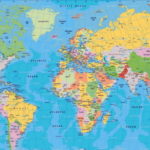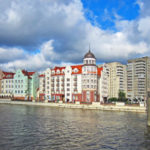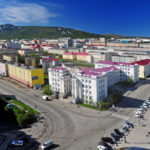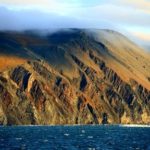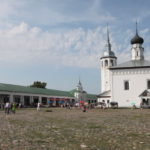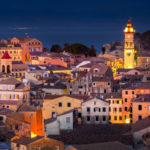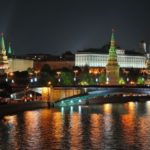Interesting facts about Sakhalin
 Sakhalin Island is one of the most distant regions of Europe from Russia, which, of course, makes it very interesting. Since European trends arrive here late, Sakhalin is pretty different from most other Russian regions, and it’s very interesting to be here. In addition, despite the distance from Moscow, there are a number of other major cities here – Vladivostok, Khabarovsk, and the megalopolises of China and Japan.
Sakhalin Island is one of the most distant regions of Europe from Russia, which, of course, makes it very interesting. Since European trends arrive here late, Sakhalin is pretty different from most other Russian regions, and it’s very interesting to be here. In addition, despite the distance from Moscow, there are a number of other major cities here – Vladivostok, Khabarovsk, and the megalopolises of China and Japan.
In winter, the narrowest part of the strait, which separates Sakhalin Island from the mainland, freezes completely, becoming covered with a thick layer of ice.
The shores of Sakhalin are washed by two seas, the Sea of Japan and the Sea of Okhotsk.
Of all the islands belonging to Russia, Sakhalin is the largest.
About half a million people live here, which is more than in many capitals of European countries.
Until the end of the Second World War, Sakhalin was divided between Russia and Japan.
Oddly enough, this island was discovered by Dutch navigators. This happened in the middle of the XVII century.
In length, Sakhalin reaches almost a thousand kilometers. More precisely, 948, which is also impressive.
At the time of discovery of Sakhalin, the Europeans on the island were indigenous, but it was still in the Stone Age. Their descendants still live here, but they are only about 1% of the population on the island.
The first 200 years after the discovery, it was thought that Sakhalin was not an island, but a peninsula.
In the 19th century, Sakhalin served as a place of exile for convicted convicts, who soon gained 25 times more than the local population. Chekhov wrote a book about Sakhalin Island about their life.
In some cities of Sakhalin, one can still admire ancient Japanese buildings.
About 97% of all cars on the island are Japanese.
Mountains Sakhalin residents are usually called hills.
In winter, due to bad weather, the airport and seaports sometimes stop working for several days. At such a time to get off the island is impossible.
In 1962, the largest potato in the world was grown on Sakhalin. Tuber weight was 3.2 kg.
In the XIX century, the indigenous inhabitants of Sakhalin, catching fish, threw eggs with giblets, considering it to be inedible.
It was here that the famous breed of dogs was bred – the Sakhalin Huskies.
Almost all representatives of the small Orok people who live now live on Sakhalin. Of a little less than 300 representatives of the people, about 250 live around here.
The ancestors of modern humans settled Sakhalin about 20 thousand years ago, probably crossing the frozen strait to the island in winter.
Powerful storms that come from the expanses of the ocean often fall on Sakhalin.
About a third of the island’s total population lives in its capital, the city of Yuzhno-Sakhalinsk.
In the middle of the 20th century there was a project of a tunnel under the strait, which would connect Sakhalin with the mainland, but in the end it was canceled.
In remote areas of the island poaching is flourishing, mainly due to the production of red caviar.
The track width of some sections of the railway on Sakhalin is different from that adopted in Russia, because the Japanese once built it by their standards.
About 380 species of birds and 44 species of mammals, including bears, sables and deer, are found on Sakhalin.









